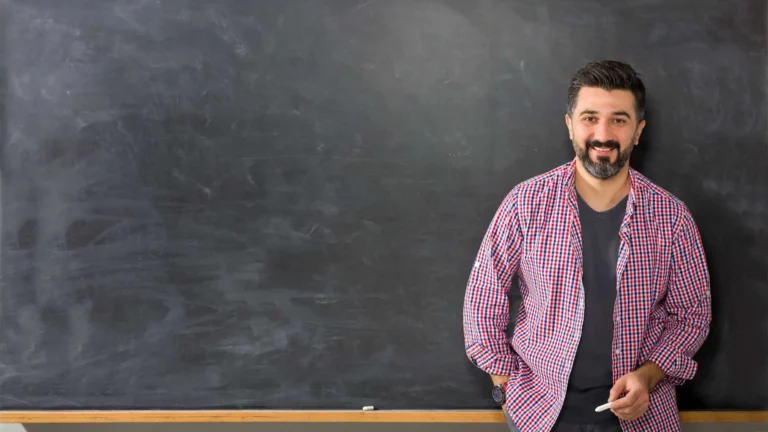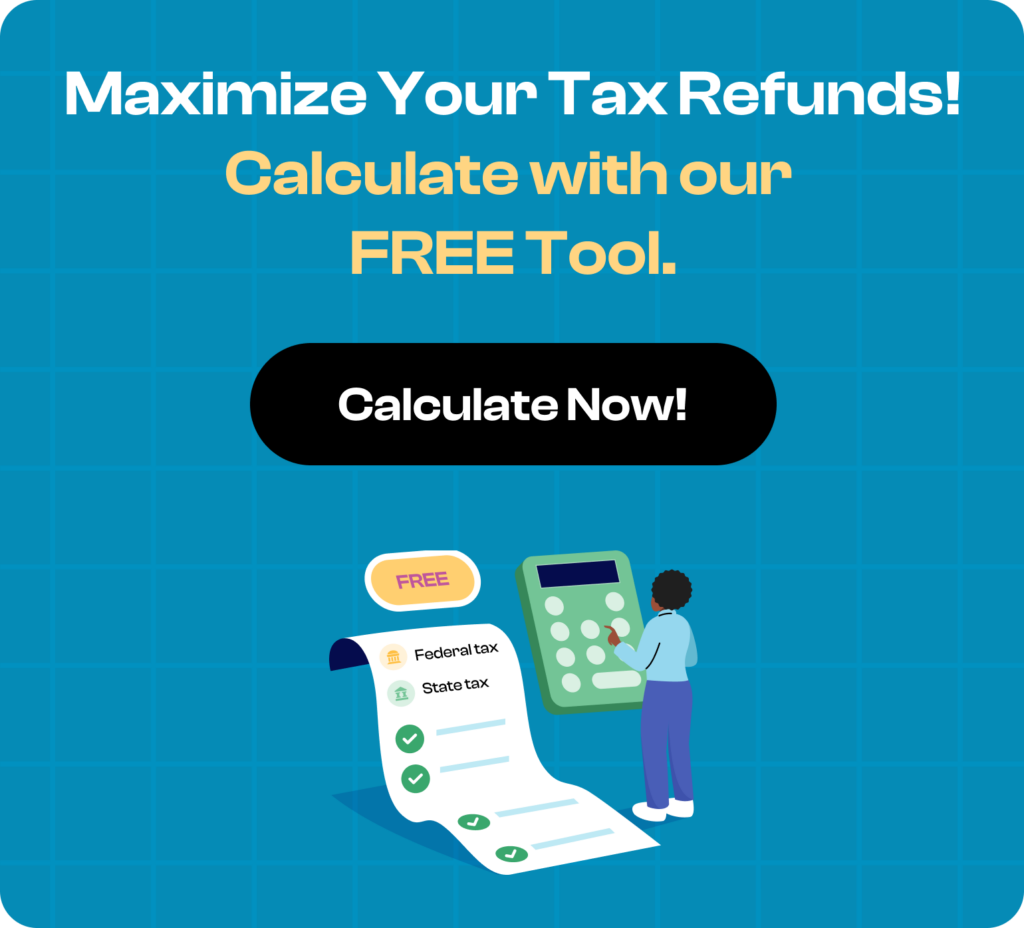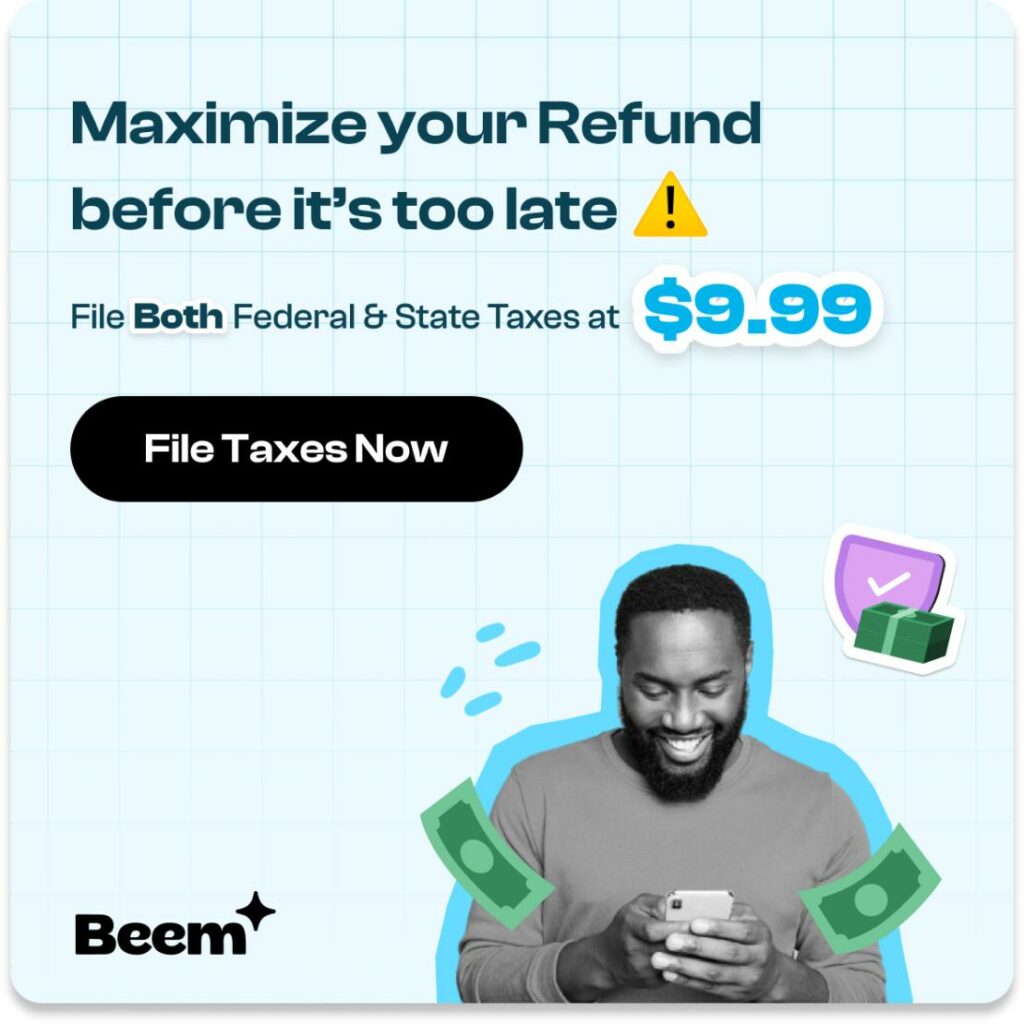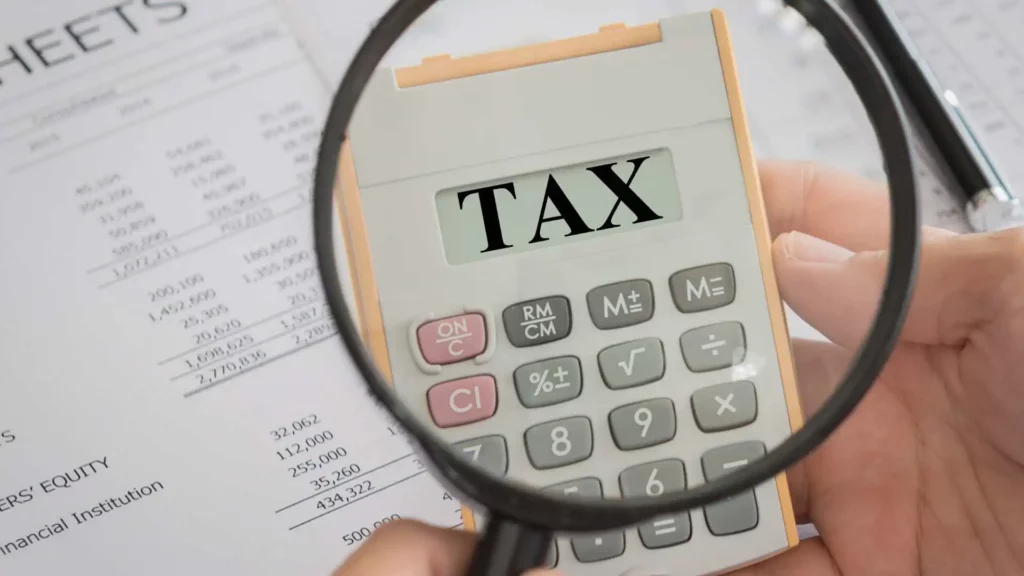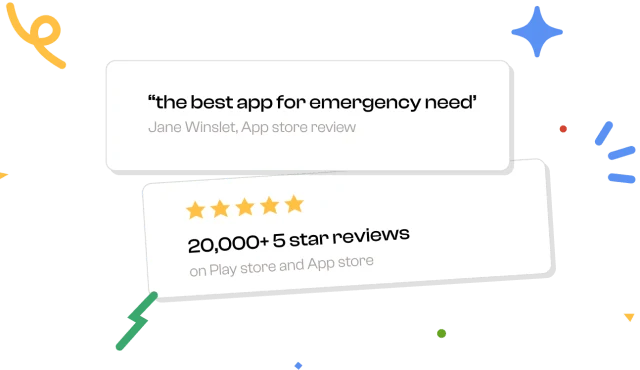In the labyrinth of tax regulations, Educator Expense Deduction stands out as a beacon for those committed to shaping young minds. This deduction, a brainchild of tax laws, is a nod from the government to teachers and eligible educators who dig into their own pockets to enhance the classroom experience.
As we navigate the convoluted tax landscape, this deduction stands as a discreet ally, offering a subtle yet impactful relief to those passionately dedicated to the noble cause of education. Let’s unravel the practicalities of this deduction without tripping any alarms. Check out Beem’s free tax calculator and get the maximum Refund. Be the first one to get notified when the Tax Season starts!
What is the Educator Expense Deduction?
Teachers often spend personal funds on classroom necessities – pencils, papers and books – to enhance the learning experience. In recognition of this dedication, Educator Expense Deduction came into the picture. If you’re an eligible K-12 educator – a teacher, counselor or principal – who logged a minimum of 900 hours during the school year, you can deduct up to $250 from your taxable income. For married couples filing jointly, this doubles to $500. It’s not a windfall, but the tax system acknowledges your efforts with a modest tip.
How Does Educator Expense Deduction Work?
When completing your taxes, locate the Educator Expense Deduction in the “Adjusted Gross Income” section of Form 1040. Unlike deductions that factor in later, this one directly adjusts your income. So, if you spent $250 on supplies, that amount is subtracted from your total income before determining your tax liability.
Of course, there’s a catch – there usually is. The deduction is capped at $250 (or $500 for couples). While it may not cover all your expenses, it signifies an acknowledgment of the financial sacrifices you make for your students.
The Educator Expense Deduction is akin to a thank-you note from the government. It recognizes that educators often dip into their own pockets to cultivate an enriching learning environment. It won’t make you affluent, but it’s a tangible acknowledgment of your extra contributions, and every bit matters when navigating the tax landscape.
Calculating Educator Expense Deduction
The calculation is straightforward arithmetic. Deduct eligible expenses, up to the stipulated limit, from your total income. The outcome? A reduced taxable income and a corresponding decrease in the amount owed to the IRS. It’s a simple yet impactful adjustment that recognizes the real-world financial contributions of educators.
Limits to Educator Expense Deduction
If you’re a teacher, counselor, classroom aide, principal or instructor putting in a solid 900 hours during the school year in a kindergarten through grade 12 setup, this one’s for you. It doesn’t matter if it’s a public, private or religious school – as long as it’s dishing out elementary or secondary education per state law, you’re in the running. However, if you’re into homeschooling, then there may not be any deductions for you.
Now, let’s talk cash – your cash. During the 2020–2021 school year, prekindergarten through grade 12 teachers pulled out their wallets for school supplies. On average, they were forking out some dough and getting this: 30% were dropping a grand or more. Now, that’s dedication.
So, what exactly can you claim as a qualified educator expense? Brace yourself – it’s not just pencils and paper. It includes expenses for professional development courses linked to your curriculum or the students you’re molding.
Your supplies, books, and anything extra you throw into the classroom mix are fair game. If you are tech-savvy, the cost of computer equipment, software and services you use in class to enlighten those minds is also deductible. It also includes health and physical education courses if you’re splurging on athletic supplies.
Here’s the lowdown: the IRS wants your expenses to be both “ordinary” and “necessary.” In tax lingo, ordinary means it’s something everyone in your educational world would do, while necessary means it’s helpful and fitting for your gig, even if it’s not mandatory.
What Expenses Can You Deduct?
Now, let’s focus on the nitty-gritty. What exactly can you deduct? The IRS has its eye on classroom supplies – those tangible, direct-to-student items like pencils, paper, books, and even software. As long as the expense benefits the students and comes out of your pocket, it’s likely eligible. However, the deduction isn’t a carte blanche for all your expenses; it’s strictly for those directly related to classroom supplies.
Where do I Report the Educator Expense Deduction?
When the tax season knocks, and you’re grappling with the intricacies of your tax return, locate the Educator Expense Deduction in the “Adjusted Gross Income” section of Form 1040. This is not a deduction at the tail end of the process; it’s a direct adjustment to your income, a strategic move before the meticulous calculation of your taxable income.
Who Can Get an Educator Expense Deduction?
Eligibility is a key factor in claiming this deduction. It’s not a free-for-all; it’s tailored for individuals directly engaged in the educational trenches. Teachers, counselors, principals, and aides in K-12 schools can stake their claim, provided they clock in at least 900 hours during the school year. It’s a tangible recognition for those actively involved in daily student interactions.
Who Can’t Get an Educator Expense Deduction?
Every tax break has its limits. While the Educator Expense Deduction is a valuable acknowledgment, it’s not a universal privilege. Administrators, from superintendents to non-education staff, are excluded. This tax break is reserved explicitly for those directly contributing to students’ educational journey.
Conclusion
In conclusion, the Educator Expense Deduction recognizes educators’ dedication and financial contributions. It acknowledges the essential role teachers play in shaping young minds. While not a substantial windfall, the deduction offers tangible appreciation for educators’ extra efforts to enhance the educational experience.
Navigating tax regulations, the deduction stands out as a practical relief for those committed to the noble cause of education. It’s more than a line on a tax form; it’s a straightforward acknowledgment from the government to educators who often use personal funds for the betterment of their students.
FAQs
What are Educator Expenses for 2023?
As we step into 2023, the eligibility criteria remain steadfast. Educators can claim up to $250 for singles and $500 for couples. This encompasses a range of out-of-pocket costs related to classroom supplies and materials. It’s a concrete figure, a recognition of educators’ ongoing financial commitment.
Can College Professors Claim Educator Expenses?
Higher education falls outside the purview of the Educator Expense Deduction. While college professors are undoubtedly educators, this tax break is designed for K-12 education. College educators, unfortunately, don’t get a seat at this particular deduction table.
Do I Need Receipts for Educator Expenses?
In the realm of tax obligations, documentation is critical. While you don’t submit receipts with your tax return, having them on hand is prudent. The IRS might come knocking, and securely stashing those receipts in your “Tax Docs” drawer can be a game-changer. It’s a prudent step that ensures you’re covered in case of audits, providing a concrete trail of your financial contributions to the classroom.

